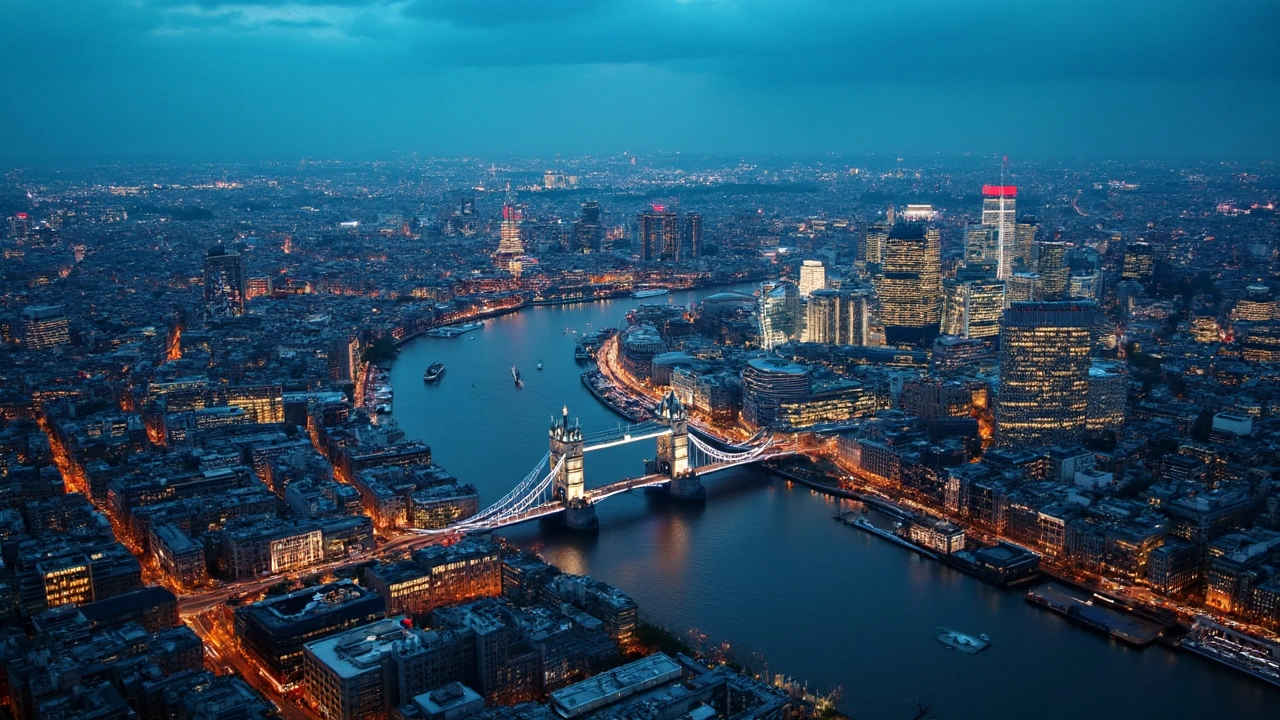City Size Explained: How to Compare UK Cities by Population and Area
When you hear someone say “London is huge,” they could be talking about the number of people, the land it covers, or both. Knowing the difference helps you pick the right city for a job, a house, or a weekend trip. This guide breaks down the two main ways we measure city size and shows you where the biggest UK cities actually stand.
Population: How Many People Live Inside City Limits
The most common way to size a city is by counting its residents. Official numbers come from the Office for National Statistics and are updated each year. London tops the list with over 9 million people, followed by Birmingham (around 1.1 million) and Manchester (about 550 000). These figures only count people inside the official city boundary, not the wider metropolitan area, so they can look smaller than the “greater” region you might see on a map.
Area: How Much Land the City Covers
Area tells you how spread‑out a city is. London’s 1,572 km² makes it the most extensive city in England, but its density is high—lots of folks packed into a relatively small space. In contrast, a city like Exeter covers just 47 km², so you get a completely different feel. When you compare area, you’ll see some cities feel “big” because they spread into suburbs, while others feel “compact” despite a large population.
Why does this matter? A high‑density city often has better public transport, more jobs, and a buzzing nightlife, but it can also mean higher rent and crowded streets. A low‑density city may offer cheaper housing and greener spaces, but you might need a car to get around.
Another useful metric is population density—people per square kilometre. London’s density is about 5,600 people/km², while Birmingham sits around 4,000 people/km². Knowing density gives you a quick sense of how crowded a place will feel day‑to‑day.
So how do you use this info? If you love walking to cafés and hate traffic jams, a high‑density city like London or Manchester might suit you. If you prefer a quieter life with a garden, look at lower‑density cities such as York or Bath.
Besides the big three, other UK cities rank interestingly. Glasgow holds the top spot in Scotland with about 600 000 residents, while Cardiff in Wales has roughly 360 000. Their areas are also modest, meaning you get a compact yet lively vibe.
When planning a move or a visit, check both population and area. Websites like the ONS or city council pages list the latest stats. Compare the numbers side‑by‑side, and ask yourself what lifestyle you want: bustling urban core or spacious suburban feel.
In short, “city size” isn’t just one number. It’s a mix of how many people live there, how much land they occupy, and how those two figures interact. Use both tools to get a realistic picture of what life will be like in any UK city.

Is London the Biggest City in the World? Real Facts Revealed
People often wonder if London deserves the title of the world's biggest city. This article dives into the facts behind the numbers, busts common myths, and explains what makes a city truly 'big.' Get direct answers, useful comparisons, and tips for curious travelers and London locals alike.
READ MORE